This video was made by CSU videographer Ron Bend on the occasion of Mary Ontiveros’ retirement in December 2020.
Mary Ontiveros, a Colorado State University alumna who spent more than five decades studying and working at CSU – most recently as the founding vice president for diversity – passed away on Saturday, Feb. 19.
Tributes from CSU President Joyce McConnell, CSU System Chancellor Tony Frank and many others have been pouring in.
Services will be held on Monday, Feb. 28, at the St. Elizabeth Ann Seton Parish, 5450 S. Lemay Ave., Fort Collins. Viewing begins at 10:30 a.m., and the service starts at 11 a.m., immediately followed by a celebration of life reception. The funeral procession will make a loop around the Oval before heading to the cemetery. An on-campus memorial service is being planned for later this spring.
The following tribute was written by Brit Heiring when Mary retired from CSU in 2020.
Humble beginnings
Mary Ontiveros grew up in Pueblo, Colorado, in the 1950s and ’60s. The child of Mexican-American parents, she and her siblings experienced life with limited means. While neither of Mary’s parents had the option or ability to complete high school, they were able to provide for their family and passed on valuable life lessons including the importance of a hard work ethic, pursuing an education and unconditional love.
Mary’s mother primarily cared for their large family at home, and her father worked as a laborer at the local Army Depot and worked his way up to becoming a supervisor and ultimately an equal opportunity coordinator. One of Mary’s early memories of her father’s political activism was when the Daughters of the American Revolution would not allow a young man to carry the American flag in a parade because he was Chicano. Her dad picketed the decision and taught Mary the value of standing up for what is right.
Mary described herself as a bit of a geek as a child and was also very involved in athletics including softball, soccer, field hockey, basketball and gymnastics. She graduated high school in 1969 with her sights set on attending Colorado State University.
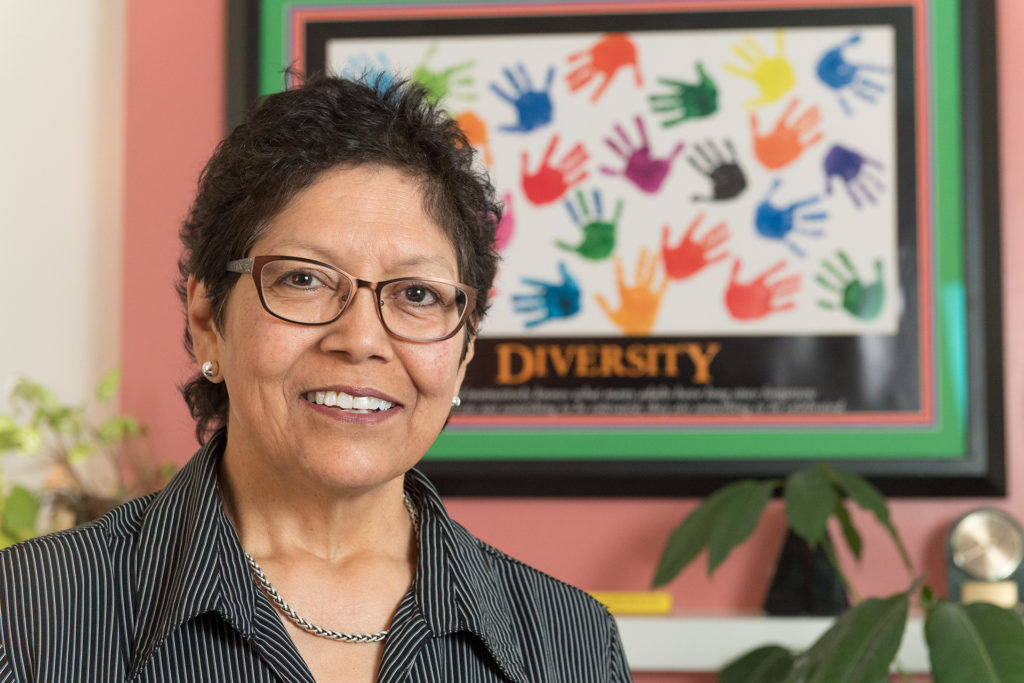
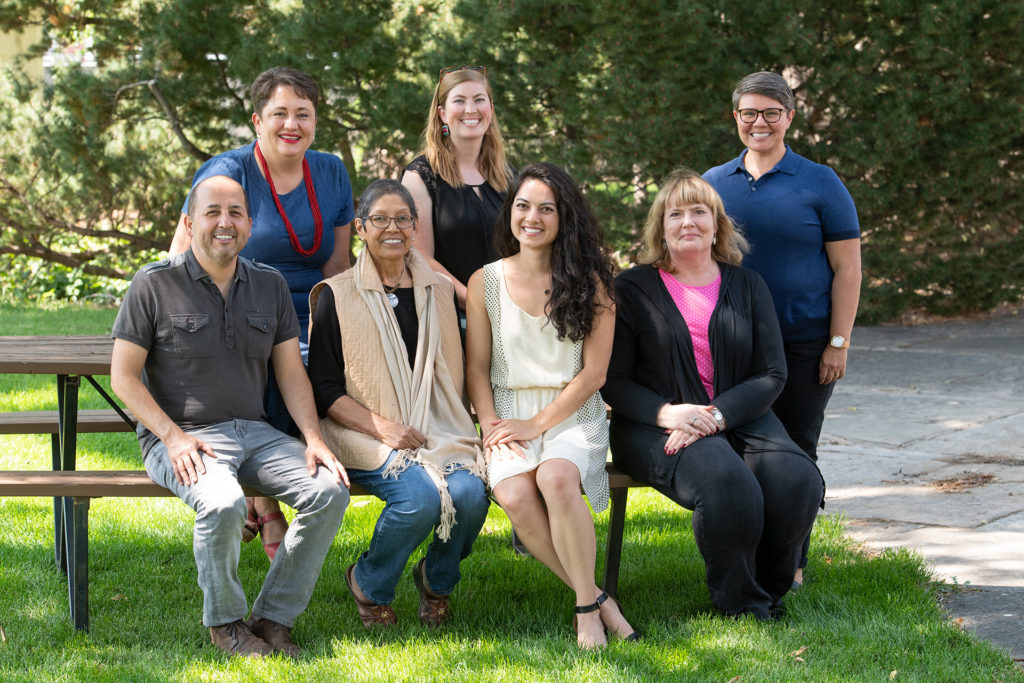
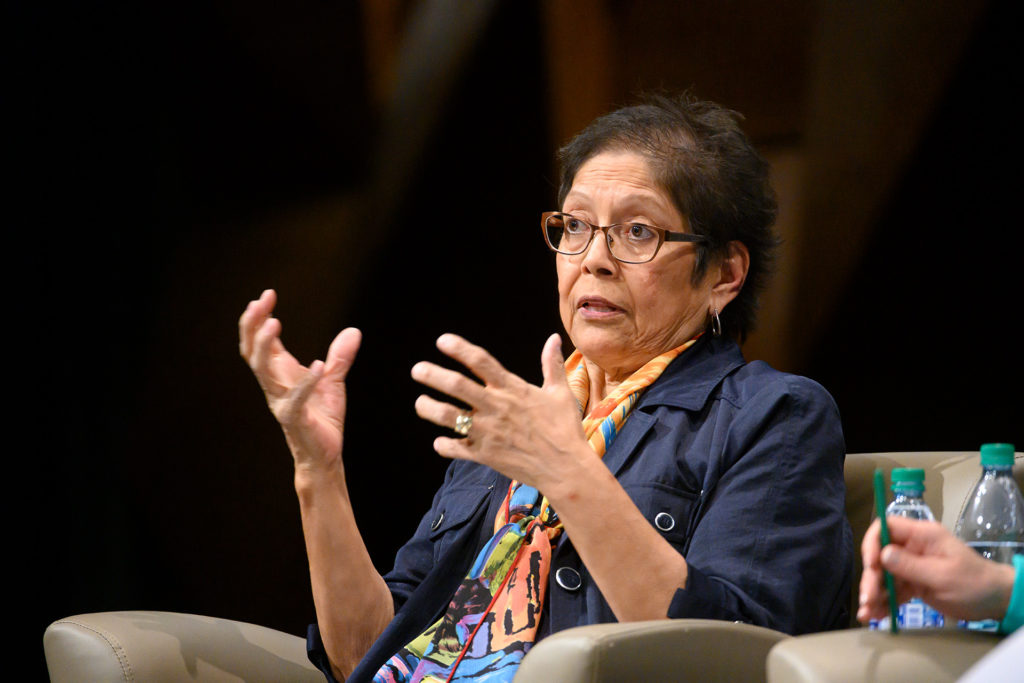
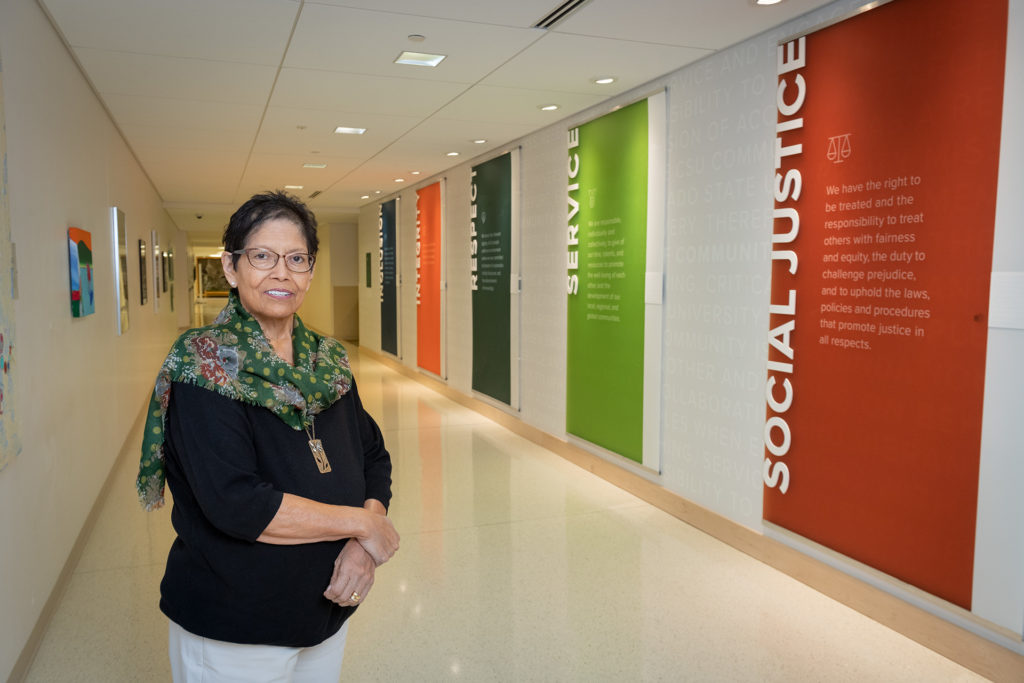
The start of something wonderful
With their love and support, Mary’s parents sent her off to pursue an education with $7 for the bus up to Fort Collins. Already a resourceful student, she was able to hitch a ride instead and, in August of 1969, she arrived at Colorado State University. The $7 came in handy for food, as the dining halls were not yet open. She settled into Durward Hall, room 909, and took in her new view, overlooking campus and beyond onto the eastern plains of Colorado.
Mary’s time as an undergraduate at CSU was influenced by the movements happening across the country in the late ’60s and early ’70s. From marches, vigils, student strikes and anti-war protests, Mary took up the activism spirit instilled in her by her father. She was on campus when Old Main burned in 1970 and viscerally remembers seeing the flames from the window of her Durward dorm room. She met her husband, Billy Burt, at the headquarters of a student political campaign. She served as a clerk to the ASCSU Supreme Court and as secretary. She ran for ASCSU vice president in 1972 and was elected. In 1973, she ran for ASCSU president and lost narrowly by 69 votes.
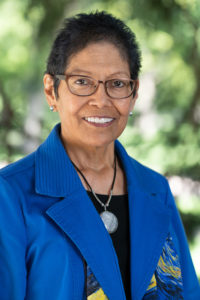
As a Chicana student on a predominantly white campus, Mary’s undergraduate experience was also littered with what she calls “other’s discomfort.” She was met with standoffishness and bias from fellow students and community members often. Her strong upbringing and pride in her Mexican heritage, passed on to her by her parents, helped her navigate the narrow-mindness of others. Mary also spoke of her understanding of “operating from a third reality from an early age” as a foundation that allowed her to move through the difficult situations she found herself in. It allowed her to turn her fellow students’ curiosity, those that had good intentions at least, into an opportunity to educate them about differences.
Mary was able to attend CSU with the help of financial aid and federal grants. She worked several on-campus jobs to be able to pay for food and odds and ends. From positions in Housing, Preview, the Affirmative Action Office, El Centro and more, Mary worked through every break and was able to get to know a handful of CSU administrators who began talking to her about considering grad school and a career in higher education.
She graduated from CSU in 1973 as a first-generation student, with a Bachelor of Science in Psychology and exactly 128 credits. With the encouragement of a mentor, she went on to attend graduate school in the CSU Student Affairs in Higher Education program on an MLK Jr. Fellowship. She started working on campus as a research associate and administrative assistant for El Centro in 1974.
The beginning of a legacy: Admissions
In 1975, Mary secured a full-time position at CSU in Admissions and was able to complete her graduate degree a few years later. As the assistant director for minority recruitment, and later an associate director, she helped launch a multi-institutional association to recruit students of color from high school with the philosophy that it was more important to just get the students into college than it was that they choose CSU. She traveled around the state with the goal of diversifying the CSU student body – while knowing even then that the need was too great for one person. At the same time, Mary agreed to serve as an interim coordinator for the office of El Centro. The interim role was supposed to last six months. Mary served in both positions – assistant director for Admissions and coordinator of El Centro – for two years.
Over the years Mary climbed the administrative ladder in Admissions, serving as assistant director, associate director, executive director and, finally, associate vice president for Enrollment and Access. In each of her roles, she worked to shift the philosophy of Admissions from a gatekeeper to a proactive recruiting office. Mary committed to securing additional funding for underrepresented groups, such as students of color and first-generation students, through scholarships and financial aid.
She led Admissions through several crises, including the 1997 flood, and her efforts to shift systems that were not built with the intentional inclusion of diverse groups have left lasting impacts.
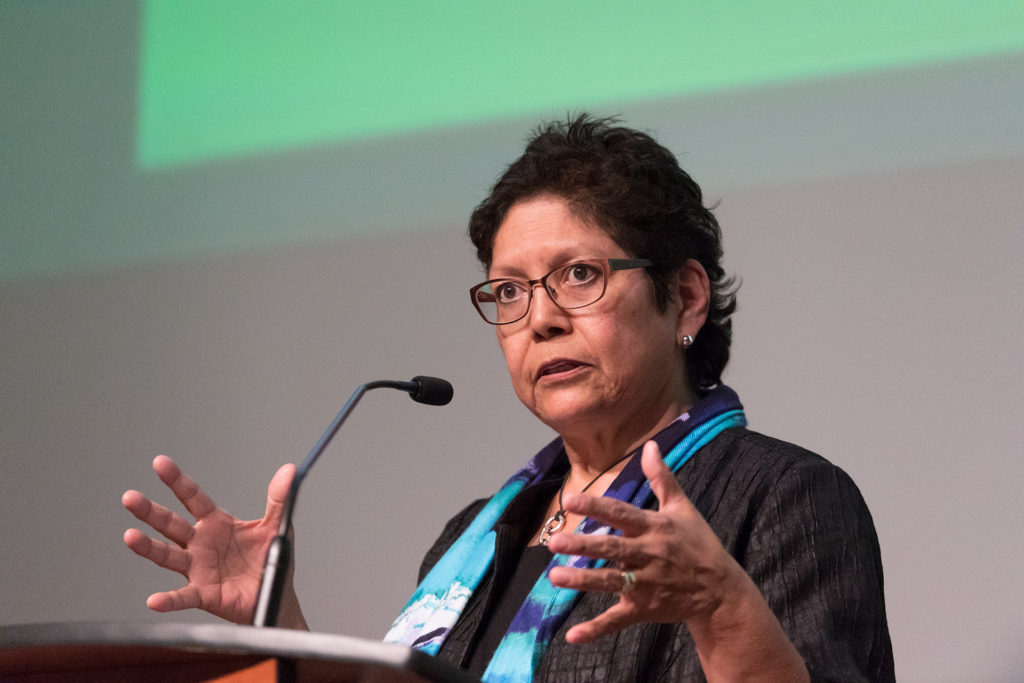
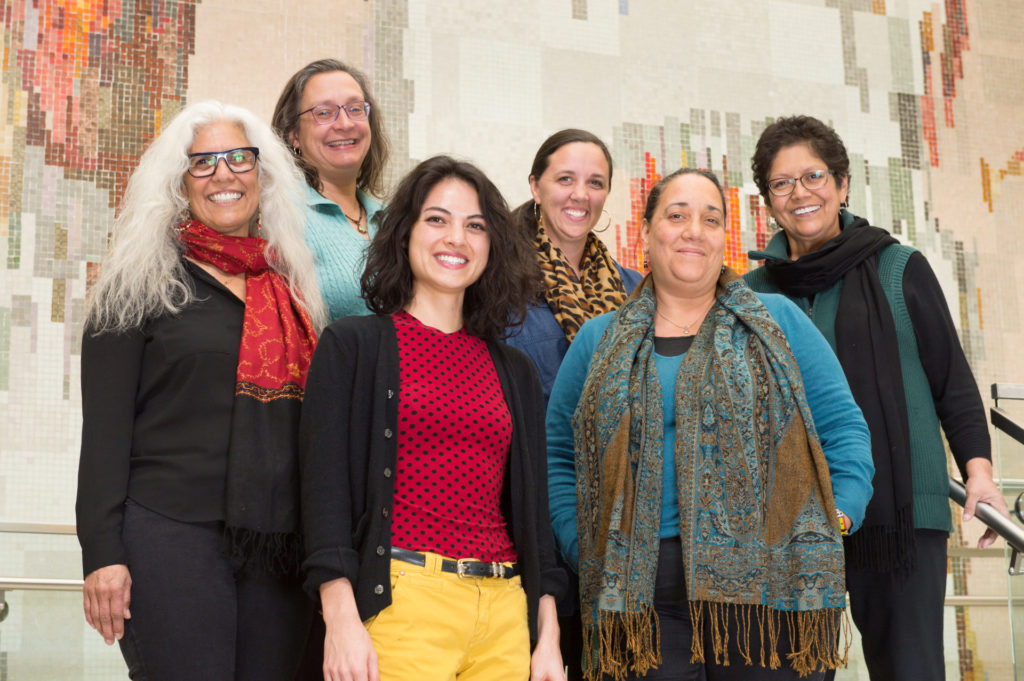
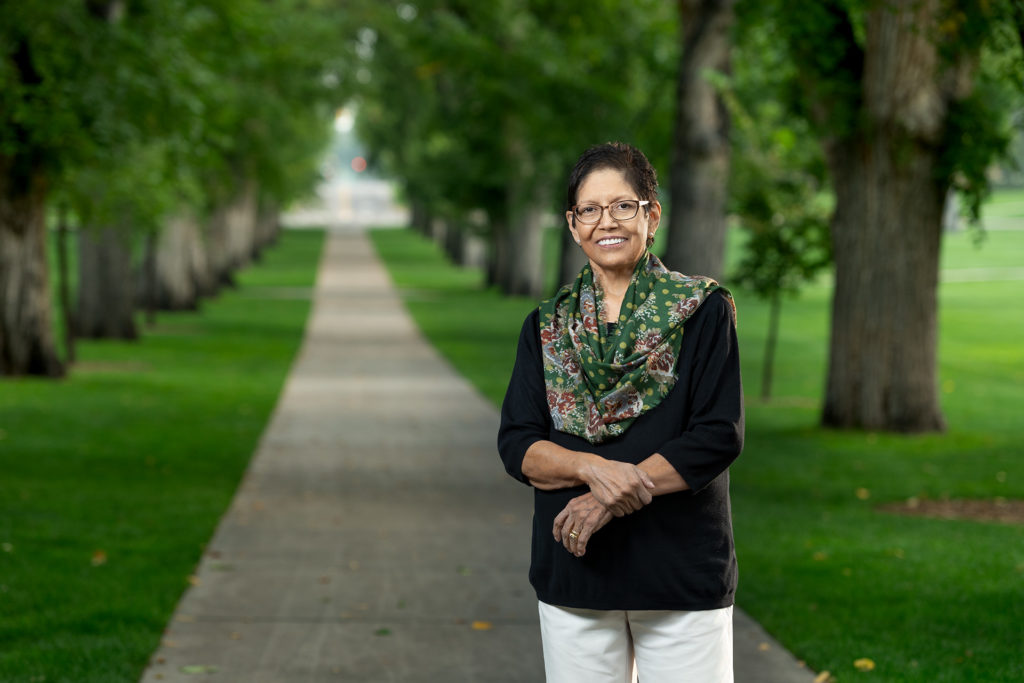
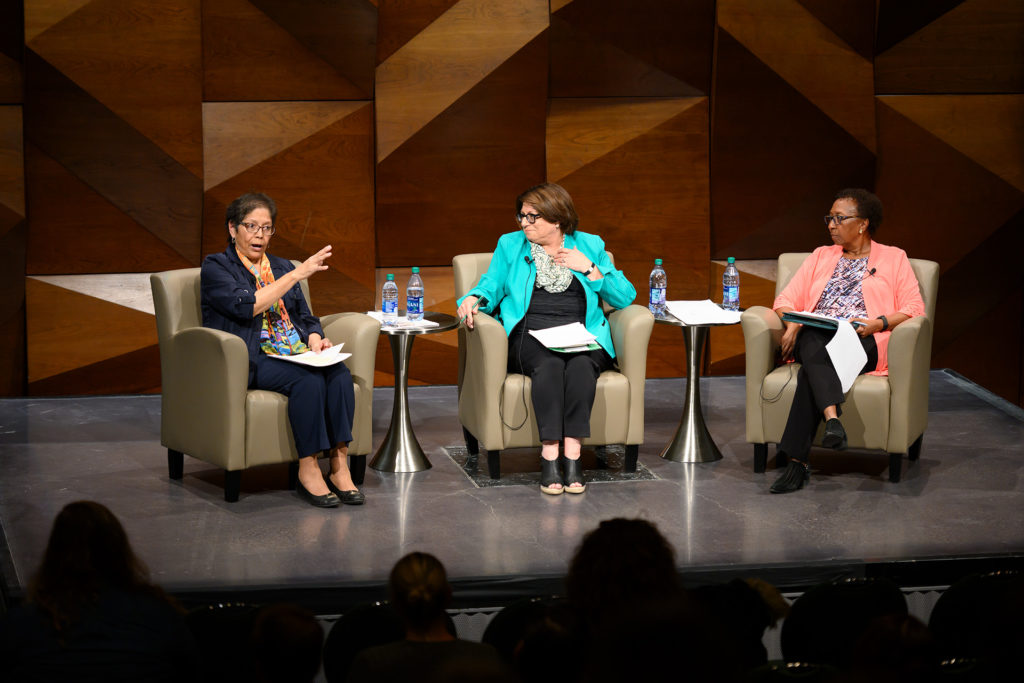
Ontiveros Latinx Fellowship Program
In honor of Mary’s distinguished work, CSU established the Ontiveros Latinx Fellowship Program fund. The Ontiveros fund supports inclusive career fellowships in education and professional development for students interested in Latinx leadership. For years to come, the Ontiveros Fellows will reflect and exemplify Mary’s leadership in diversity at the local, state and national levels.
In December 2020, as Mary was preparing to retire, Mayor Wade Troxell and the City of Fort Collins presented a proclamation declaring Dec. 31 as Mary Ontiveros Day. In addtiion, the Associated Students of Colorado State University honored Ontiveros with a similar designation of Dec. 31 as Mary Ontiveros Day for ASCSU.
Office of Diversity: Mary’s last chapter at CSU
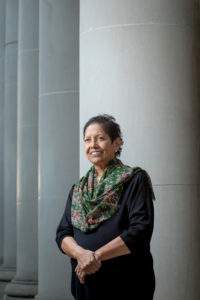
In 2010, Mary was named Colorado State University’s first vice president for diversity. While the position began as a 50% role, shared with her responsibilities in Admissions, it quickly expanded to a full-time position.
During her tenure as vice president for diversity, Mary grew the office from a staff of one to two, four, six and, finally, to a team of 10 professionals. She was instrumental in the launch of the first CSU Employee Climate Survey, which gathered critical feedback regarding the culture and climate for staff and faculty across all units and divisions. With the support of former President Tony Frank, Mary chaired the President’s Commission on Diversity and Inclusion, which was the driving force behind university-wide initiatives such as the creation of an Institutional Diversity Plan, new policies for pronoun inclusion and the creation of the Faith, Belief, and Religious Inclusion calendar.
Mary’s leadership also contributed to the creation of the Principles of Community, which she supported alongside a team of dedicated staff members. Her work enhanced recruitment and retention efforts for faculty, staff, and students of color, and she was an integral member of the Inclusive Physical and Virtual Campus Committee since its founding.
One of the furthest-reaching impacts during Mary’s tenure was the growth and expansion of the Diversity Symposium. Under her guidance, the Symposium Planning Committee expanded what used to be a one-day event into a week-long gathering. In 2020, the 20th Annual Diversity Symposium welcomed 2,096 unique participants over 35 sessions in a virtual environment.
Under President Joyce McConnell’s leadership, Mary joined Vice President of Student Affairs Blanche Hughes as a co-chair of the Race, Bias, and Equity Initiative (with Provost Mary Pedersen later joining as the third and final chair). Through RBEI and the VPD’s work, Mary was a key contributor to efforts to bridge student and staff needs with university action, such as efforts related to student demands and a subsequent website and the selection of the RBEI proposals.
Her retirement left behind a robust office with far-reaching training and advocacy efforts that impact every area of campus.